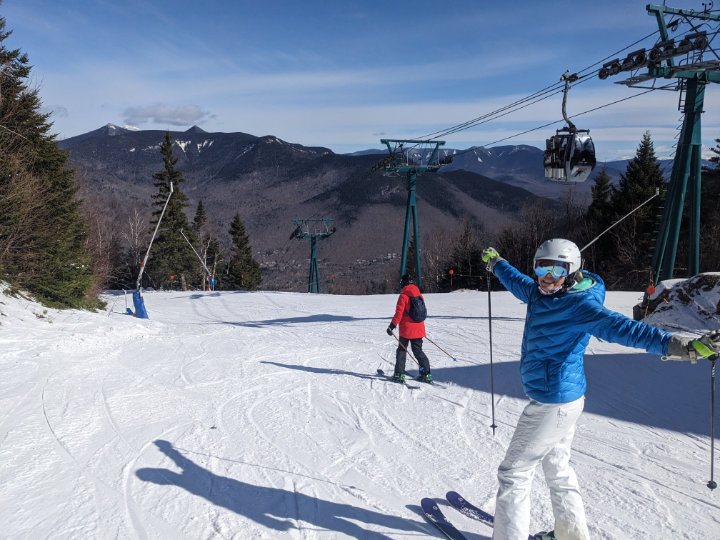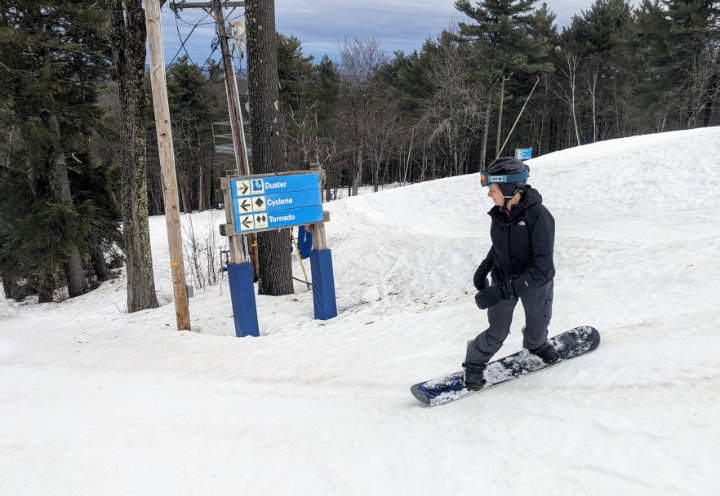Panfish 101

 by Tim Moore
by Tim Moore
Contributing Writer
If you simmer ice fishing down it consists of nothing more than finding fish and convincing them to bite. Many times, finding fish seems almost too easy, but what about those days when the crappie, bluegill, or perch seem to vanish? One minute you’re whacking and stacking fish, and the next minute it’s as if they were never there. Finding those fish can become a complicated series of decisions that often leads us nowhere. Sometimes we spend too much time trying to think outside the box, when all we really need to do is think our way back into it.
Panfish will often hold in cover when they are less active. The high oxygen content and abundance of food make weed beds important target areas. If I am fishing an area prior to ice-in and find good weed beds I mark these areas with my Navionics app on my smartphone, and even add notes about where the edges of weed beds are. I use my smartphone rather than my chart plotter because I won’t likely have the same chart plotter when I am ice fishing. Then I can return to that exact spot once the ice is safe enough to walk on. 
Snow cover and ice thickness will dictate the amount of vegetation to be found throughout the ice fishing season. The longer that sunlight has been blocked, the less photosynthesis occurs, and the more weeds will “brown up,” or die off. Once the weeds die, they not only stop producing oxygen, but the bacteria that break down the dead weeds consume even more oxygen, depleting the water to a state that is undesirable for pan fish. As the season progresses, fish abandon old weed beds and move deeper to greener pastures, or other forms of cover, and more oxygenated water. So, make sure you don’t ignore weed beds, especially early in the season.
Submerged wood is another key place to locate fish because it provides valuable cover. The wood is also slowly being decomposed by bacteria and other invertebrates. These organisms attract bait fish and gamefish. Shallow, near-shore waters may have large trees that have fallen into the water. In man-made lakes and ponds there are usually submerged stumps from trees that were cut when the lake or pond was created. These areas are prime places to fish. Crappie love structure, and you can almost always find them around sunken brush piles, trees, or stumps.
One thing that can make a day of fishing feel like work is overanalyzing where the fish are when the bite becomes slow. Frustration often leads to dismay as we seemingly attempt to manufacture fish where there are none. Whether fishing new or familiar waters make a plan, keep it simple, and stick to it. You will almost always see predictable results. Remember, if you don’t leave the basics, you never have to go back to them. Find fish, catch fish, have fun, and be safe.
Tim Moore is a professional fishing guide in New Hampshire. He owns and operates Tim Moore Outdoors, LLC and guides ice fishing trips on Lake Winnipesaukee. He is a member of the New England Outdoors Writers Association and the producer of Tim Moore Outdoors TV. Visit www.TimMooreOutdoors.com for more information.



